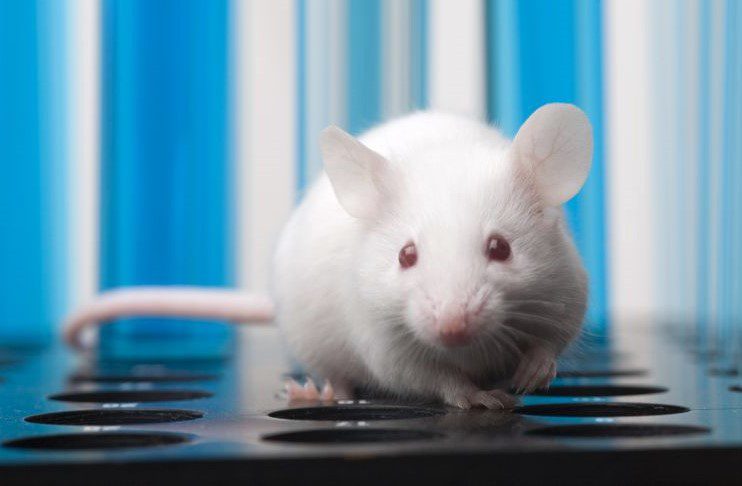The eastern and southern agricultural areas of Australia are in the grip of a month-long rodent epidemic which has devastated crops and exhausted farmers. Years of drought and other natural calamities such as severe wildfires tend to keep the rodent population in check. However, a recent surge in intermittent heavy rain has resulted in increased plant growth, in turn fostering favorable conditions that have caused an expeditious surge in rodent populations. Swarms of mice have taken up residence in the walls of barns and residences, infesting farms, fields and any other area in the vicinity.
Irrespective of this global pandemic, individuals have become increasingly aware of the fact that rodents are excellent disease carriers. They are responsible for the transmission of over 60 different types of illnesses. However, when there enormous spawns, the population expands so fast that it is impossible for a disease to sustain itself since it is a boom-and-bust condition. However, many of the epidemic’s complications are far more persistent.
Conventional bait such as paddocks and laying mouse traps have proven to be ineffective in containing this plague. Moreover, these traps are also expensive, and they take time to set up, and are incapable of catering to the enormity of this endemic. As such, a majority of farmers are now opting to employ a chemical extermination approach to this outbreak.
Authorities are continuing to use zinc phosphide as bait. It’s a coating, also known as an acute toxin. When an animal consumes it, gas is released into their digestive tract, causing them to die. Anticoagulant poisons are an alternative to the aforementioned method of extermination, however, these poisons tend to accumulate in the environment. So there are solid incentives not to use them, especially if you’re distributing them around by plane. The benefit of zinc phosphide is that it does not collect in the ecosystem. Hence, it reduces the risk of other animals being exposed to a toxin for an extended period of time. If left out there, everything that eats it would die, this might pose a risk to pets.
Scientists state that this endemic is more a result of the inadequate upkeep of appropriate human socio-environmental behavior, rather than a glitch in natural biological lifecycles. Evidence pertaining to the effectiveness of the chemical-based solutions is not favorable. The need for early prevention mechanisms is of paramount importance. Primary factors contributing to the exacerbation and severity of this infestation can be sourced back to the postponement of scheduled work necessary to counter outbreaks such as this.
